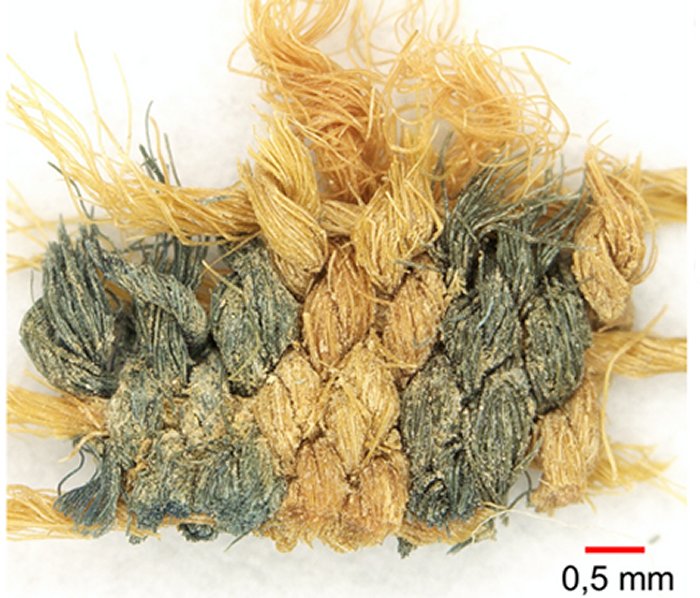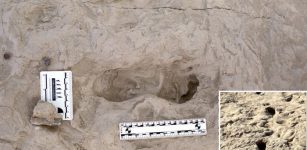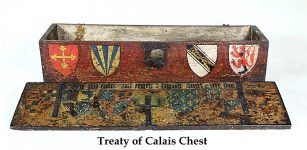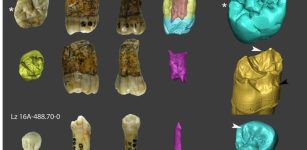Natural Dyes To Color Clothing Were Used Thousands Of Years Ago – New Study
Conny Waters - AncientPages.com - Thousands of years ago people wore clothing with colorful patterns made from plant and animal-based dyes.
Two ancient textile samples from China and Peru have been examined by researchers from Martin Luther University Halle-Wittenberg (MLU. One comes from the ancient Chinese city of Niya and was probably once part of a shirt. It is over 2,000 years old.
Samples like these were examined by the chemists from MLU. / Foto: Annemarie Kramell
The other sample comes from Peru and dates back to 1100 to 1400 AD. It was produced by the Ichma people who lived in Peru at that time. Today, there is often little evidence of the colourfulness of such ancient clothing.
"Time has not treated them well. What was once colourful is now mostly dirty, grey and brown," Professor René Csuk from MLU said in a press release.
Over time, the natural dyes have decomposed as a result of the effects of light, air and water, explains the chemist. In the past, only natural dyes were used. "The roots of a genus of plants called Rubia, for example, were used to create the red colours, and ground walnut shells produced the brown tones," says chemist Dr Annemarie Kramell, also from MLU.
Even back then, people mixed individual materials to create different shades.
The researchers have developed a new analytical method that allows them to detect which materials were used for which colors. Using modern imaging mass spectrometry, they have succeeded in depicting the dye compositions of historical textile samples and analyzing the dyes directly from the surface of the textile samples. To do this, the piece of material under investigation is first embedded in another material.
See also:
"The piece is placed in a matrix made up of a material called Technovit7100. Slices are produced from this material that are only a few micrometres thick. These are then transferred to special slides," explains Csuk. Similar methods are used, for example, in medical research to examine human tissue. The advantage is that this method can be used to study very complex samples on a micrometre scale.
"This enables us to distinguish between two interwoven threads that held originally different colors," says Csuk.
Written by Conny Waters – AncientPages.com Staff Writer





















